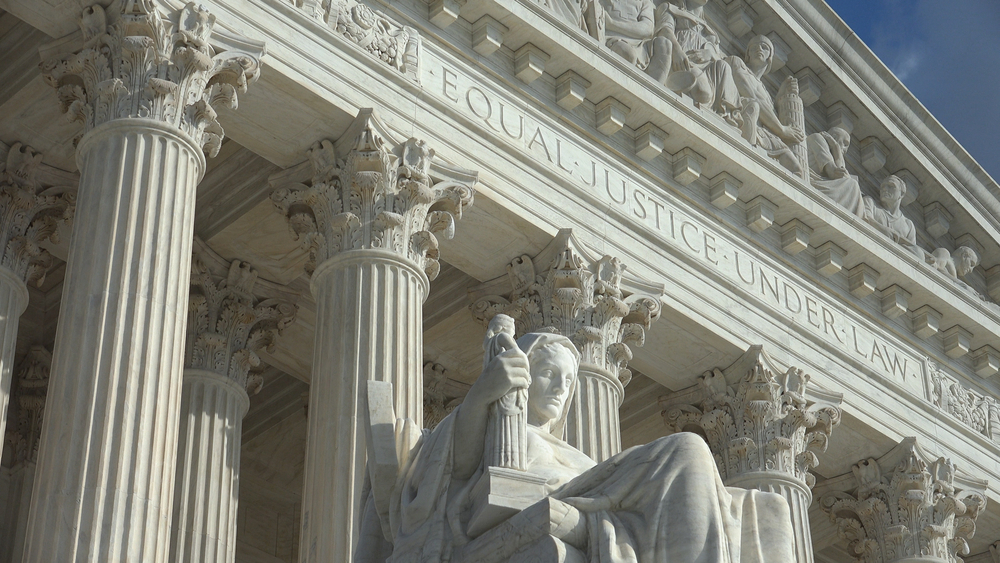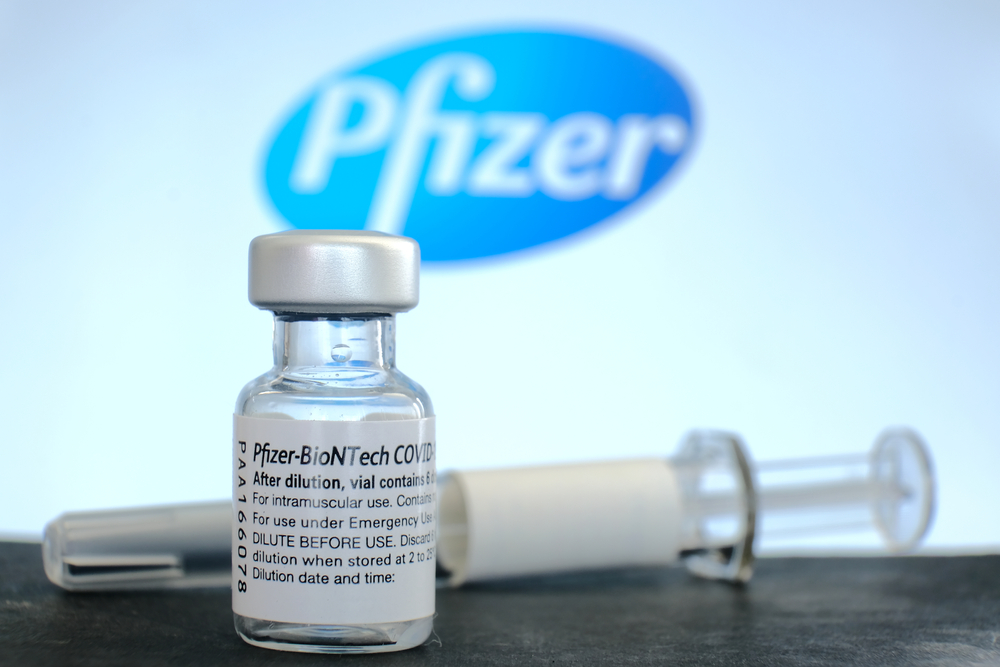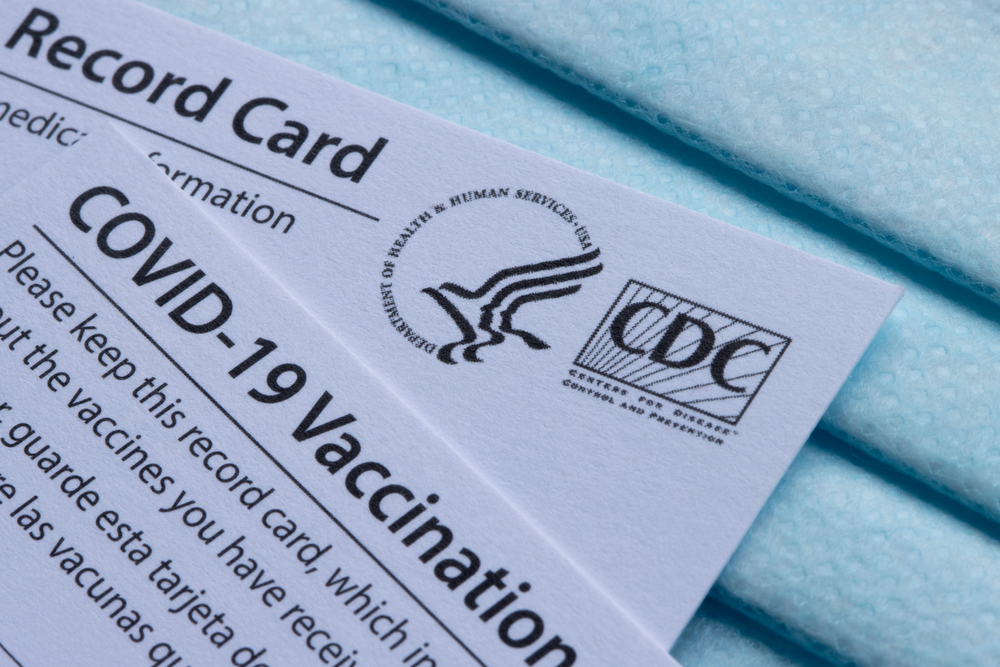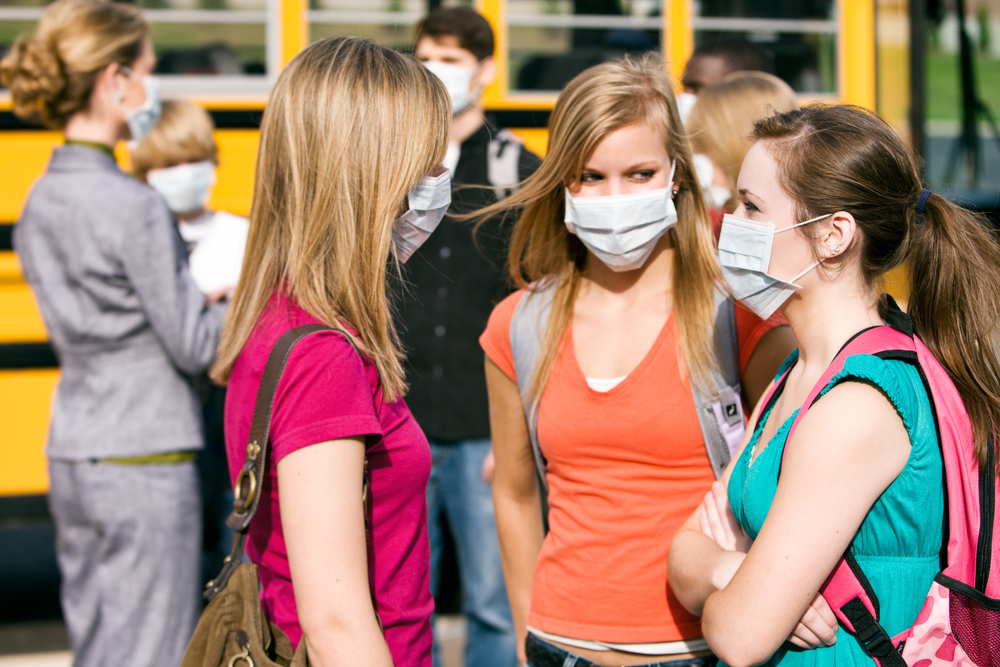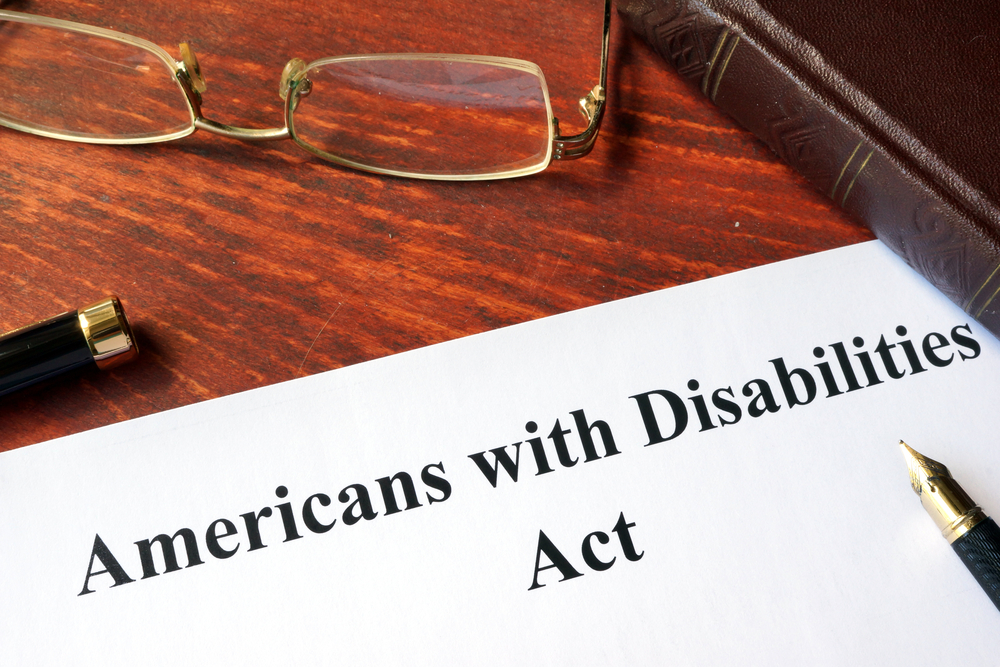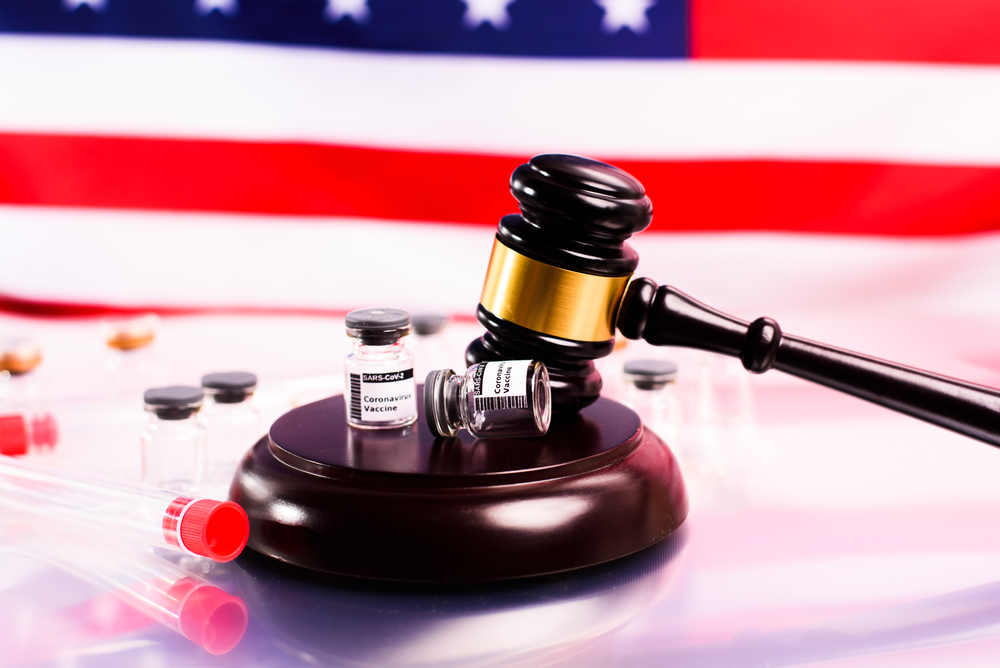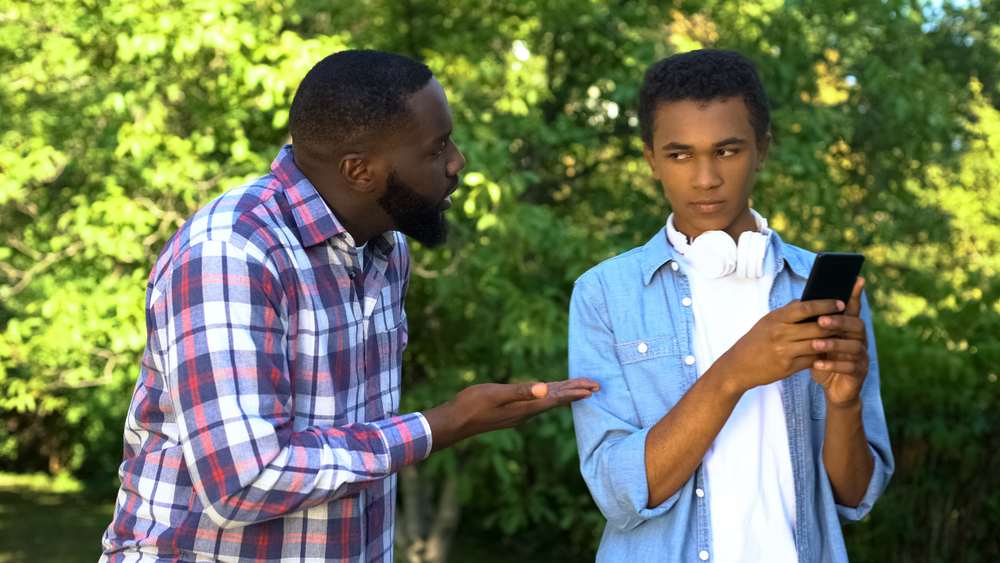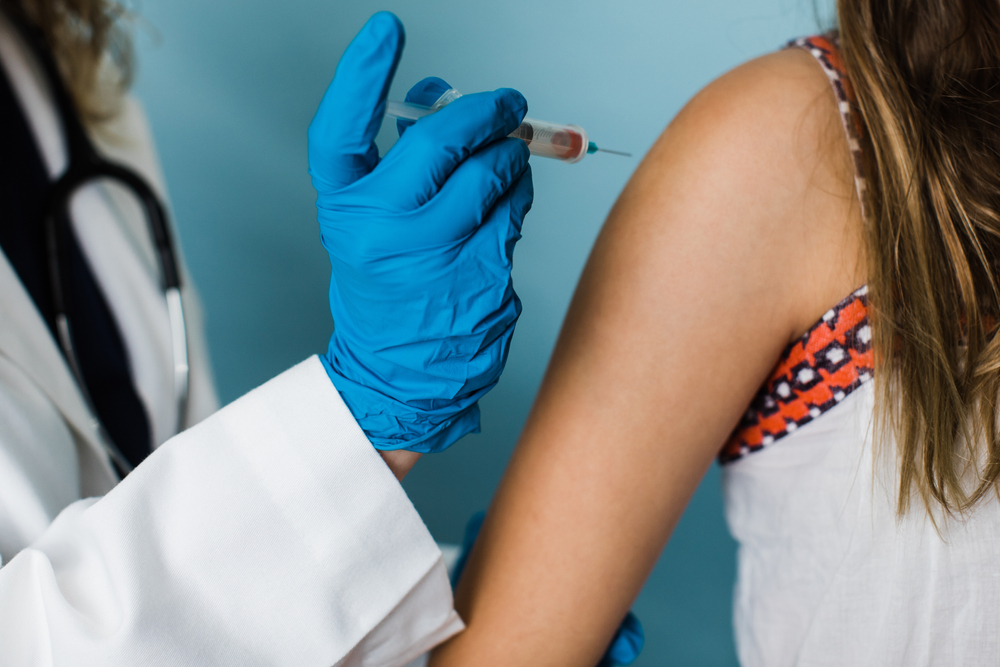Voting safety a concern as November looms large
The clock is counting down to the presidential election. The big question is, will it be safe to vote at polling places?
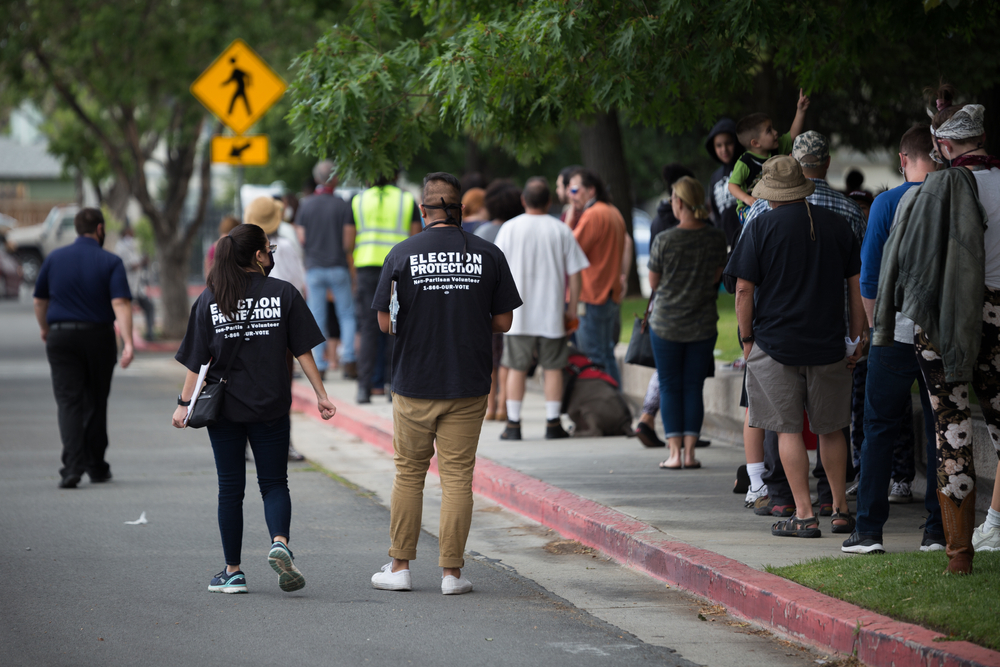
For sure there are concerns about voting safety. Many will choose to vote by mail despite the debate about whether the post office will be able to handle the deluge. However, not everyone will want to cast a mail-in ballot. Some want the certainty that voting in person provides.
What will it take to make polling places safe? The CDC’s guidelines offer insight. The Brennan Center and the Infectious Disease Society of America recently released Guidelines for Healthy In-Person Voting. Highlights include recommendations like offering free COVID-19 testing for poll workers prior to and/or following their shifts, ensuring that there are adequate numbers of in-person voting locations to avoid long waiting times and lines, making sure voting locations are well ventilated and can accommodate social distancing, and that there is proper sanitation – cleaning bathrooms and frequently touched surfaces such as door handles approximately every four hours, and voting booth surfaces and voting machines after each use, among other initiatives.
RELATED: Voting rights battle has U.S. Postal Service at the center
RELATED: Why can candidates lie? Because the Constitution says they can.
It’s a tall order and voting safety is not cheap.
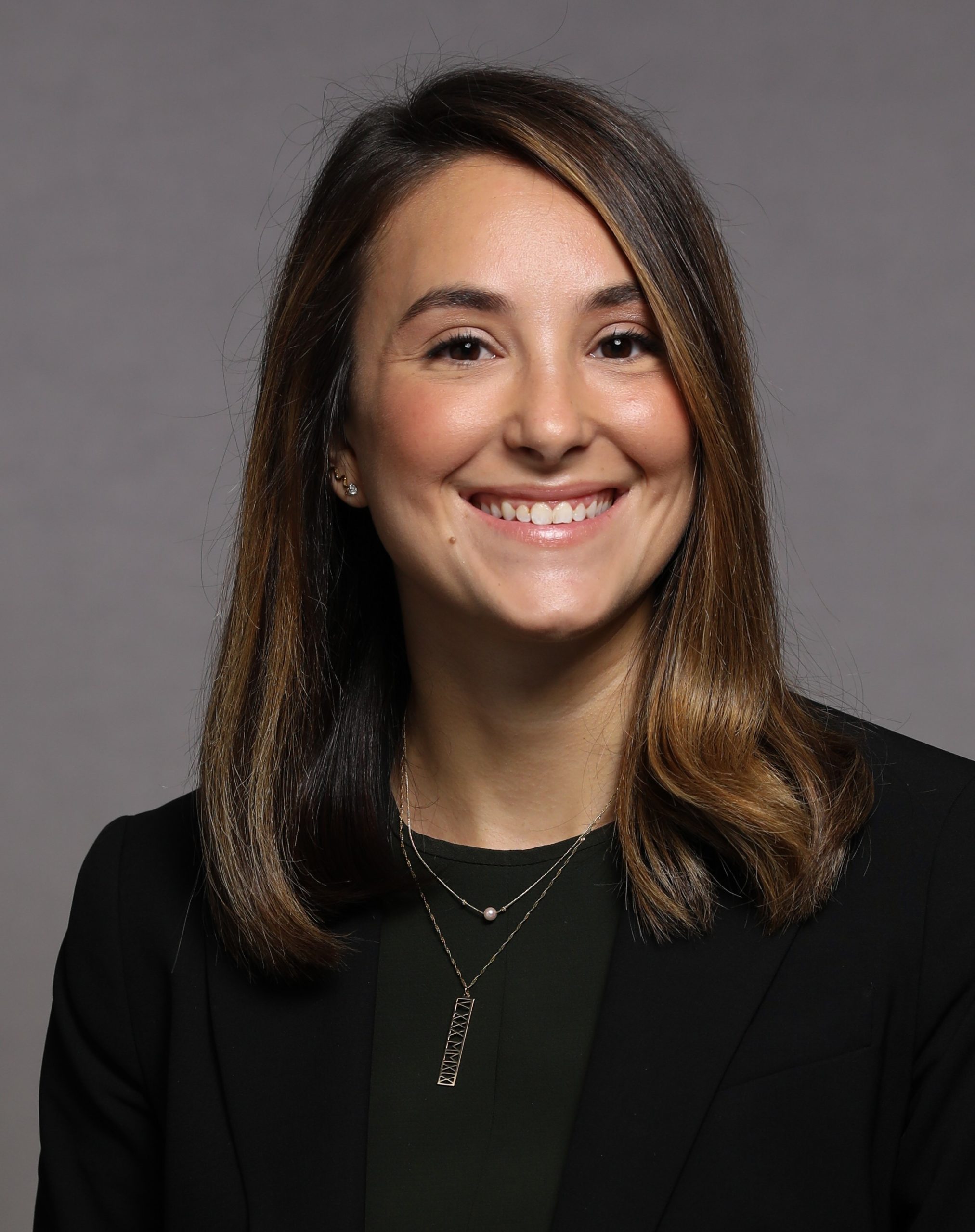
“We estimated that if elections were run the way we wanted with maximum protection it might cost between $2-4 billion. Congress has appropriated $400 million,” said Hannah Klain, co-author of the Brennan Center report. While some counties likely will allocate additional money toward the election, funding to make the Brennan Center and IDSA’s entire wishlist a reality may not materialize.
The RAND organization senior researcher Quentin Hodgson, who was a project leader of the Countering Truth Decay research initiative, said most jurisdictions spent the $400 million for election assistance this past spring for primaries or have only a small amount left for the election.
“So far, Congress and the administration have not come to an agreement on additional funding, which will be needed for supplies like personal protective equipment and sanitizing agents to use at polling places, as well as to support increased costs associated with an expected higher demand of absentee or mail-in ballots.”
Jurisdictions are trying to recruit the tens of thousands of poll workers they will need to support the election. Help is needed for processing absentee ballot requests and the returned ballots, particularly in smaller jurisdictions that do not have the infrastructure such as large-scale optical scanners and mail sorters. They will need to rely on people to handle all the ballots, Hodgson said.
The bottom line, according to RAND’s research, many states lack the policies and preparations needed to address voting safety concerns.

So what are some solutions? For states running short on time and money, identifying easy to implement options that are low cost is one approach, Hodgson said. For example, several cities have already committed to using large venues for polling (e.g. Detroit, Atlanta and Milwaukee all plan to use basketball arenas) is one step that can be executed quickly and cheaply.
Investing in PPE and sanitation is also relatively easier than trying to make major legislative changes, Hodgson said. For mail-in voting, a less expensive option would be messaging to make sure people are aware of deadlines and requirements. Some states are planning to start counting mail-in votes early to reduce the election day crush.
“The poll worker challenge is a harder one to overcome,’’ Hodgson said. “Consolidating locations into large spaces can help and recruiting heavily among lower risk groups (younger people) who don’t traditionally serve in such a role, is what many jurisdictions are pursuing. The challenge then will be making sure they are trained and ready for the elections, since many will be first-time poll workers and experienced poll workers will be in short supply.”
However, truth is, pointed out Klain, the hurdles to safe voting aren’t only financial. She said, “It’s also about will. Some counties will take every necessary precaution and others won’t. There are different appetites for risk. Much like some people will wear a mask, face shield and gloves, then there are those who won’t even wear a mask.”












